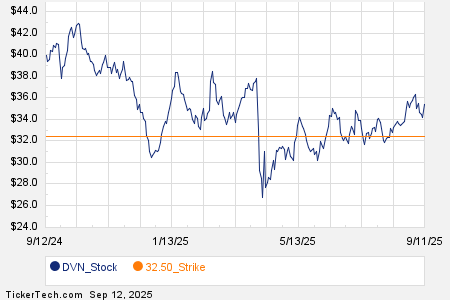Cocoa Prices Surge on Stretched Supply and Unfavorable Weather
March ICE NY cocoa (CCH25) climbed by +479 (+4.75%), while March ICE London cocoa #7 (CAH25) rose by +327 (+4.04%) today.
Rallying Cocoa Prices Hit New Heights
Today, cocoa prices are experiencing a sharp increase, continuing a rally that has lasted six weeks. Both March NY cocoa and March London cocoa have reached new contract highs, and the December nearest-futures contract (Z24) has hit a six-month high.
Deteriorating Conditions in West Africa Drive Prices Up
The surge in cocoa prices is largely due to worsening forecasts for West Africa’s mid-crop. Maxar Technologies has warned that drought conditions in the region will negatively impact the early growth of the mid-year cocoa crop, which is expected to be harvested in April. Additionally, the arrival of seasonal Harmattan winds could further complicate matters.
Global Cocoa Inventory Declines
An ongoing decline in global cocoa stockpiles is also contributing to the price increase. Currently, ICE-monitored cocoa inventories in U.S. ports have been decreasing for the past 1.5 years, reaching a 20-year low of 1,487,243 bags on Monday.
ICCO’s Adjustments Reflect Market Challenges
Another factor supporting higher cocoa prices is the International Cocoa Association’s (ICCO) recent action on November 22. They raised the 2023/24 global cocoa deficit estimate to -478,000 MT, up from May’s estimate of -462,000 MT, marking the largest deficit in over 60 years. Moreover, the ICCO revised its cocoa production forecast down to 4.380 million metric tons (MMT) from 4.461 MMT, which is a year-over-year decline of 13.1%. The projected stocks-to-grindings ratio for 2023/24 is 27.0%, a level not seen in 46 years.
Weather Impacts Quality and Yield
Heavy rains in West Africa have also caused a rise in mortality rates for cocoa buds, driving prices even higher. Conditions in the Ivory Coast have resulted in flooded fields, elevated disease risks, and a decline in crop quality. Recent shipments of cocoa beans from the Ivory Coast have demonstrated lower quality, with about 105 beans per 100 grams. The country’s regulatory body permits exporters to purchase beans within a range of 80 to 100 or slightly more for every 100 grams, with the highest quality beans having lower counts.
Increased Shipments from the Ivory Coast
On a bearish note, increased cocoa shipments from the Ivory Coast, the world’s leading producer, may offset some of the price gains. Government data released Monday indicated that cocoa shipments from Ivory Coast farmers reached 819,425 MT from October 1 to December 8, a rise of 34.5% compared to 609,446 MT during the same period last year.
Nigerian Exports Show Incremental Growth
Strengthening cocoa exports from Nigeria, the sixth-largest cocoa producer, also present headwinds for prices. For October, Nigeria’s cocoa exports rose by 15% year-over-year to 20,508 MT.
Future Production Estimates from Ivory Coast
Moreover, the Ivory Coast’s regulatory body, Le Conseil Cafe-Cacao, has raised its 2024/25 cocoa production estimates to between 2.1 MMT and 2.2 MMT, adjusting from June’s estimate of 2.0 MMT.
Mixed Signals from Global Cocoa Demand
Recent news regarding global cocoa demand has been varied. The National Confectioners Association reported on October 17 that North American cocoa grindings increased by 12% year-over-year to 109,264 MT while the Cocoa Association of Asia noted a 2.6% year-over-year increase in Q3 cocoa grinding to 216,998 MT. In contrast, the European Cocoa Association revealed a 3.3% year-over-year decrease in Q3 cocoa grindings, down to 354,335 MT.
The Impact of Ghanaian Production Cuts
Cocoa prices found support after Ghana’s Cocoa Board (Cocobod) on August 20 reduced its 2024/25 production estimate to 650,000 MT from an earlier forecast of 700,000 MT due to adverse weather conditions and crop disease. For the current harvest, Ghana’s output has reached a 23-year low of 425,000 MT. As the world’s second-largest cocoa producer, Ghana’s next harvest commences in October.
On the date of publication,
Rich Asplund
did not have (either directly or indirectly) positions in any of the securities mentioned in this article. All information and data in this article is solely for informational purposes. For more information please view the Barchart Disclosure Policy here.
The views and opinions expressed herein are the views and opinions of the author and do not necessarily reflect those of Nasdaq, Inc.






